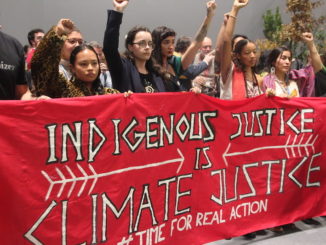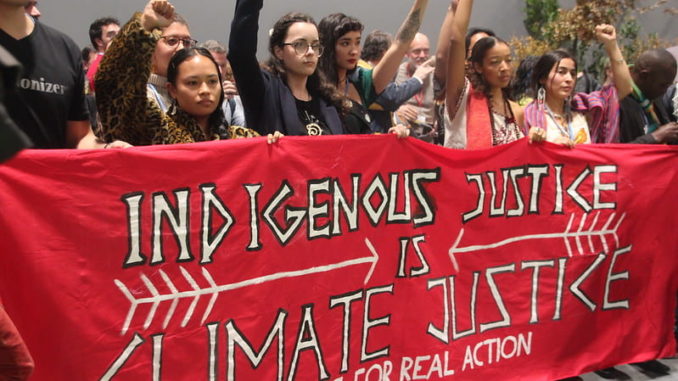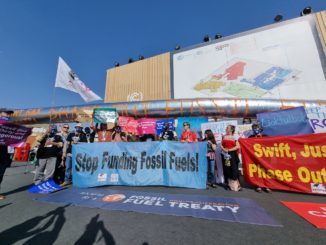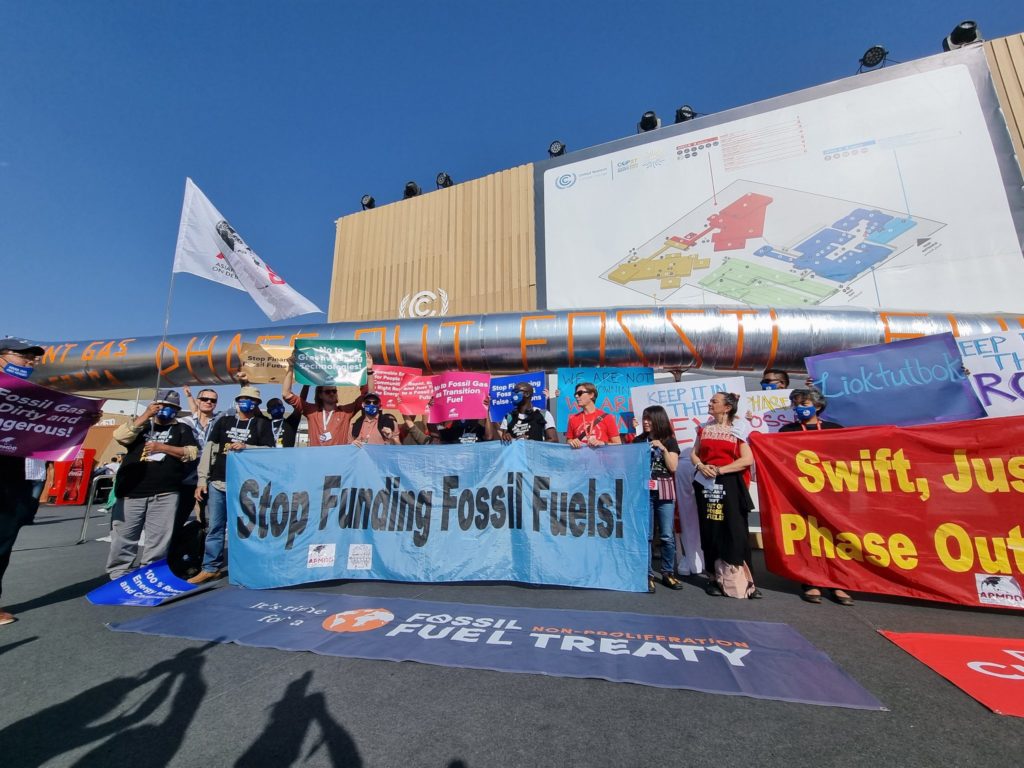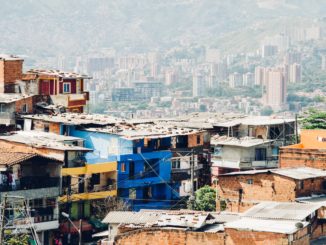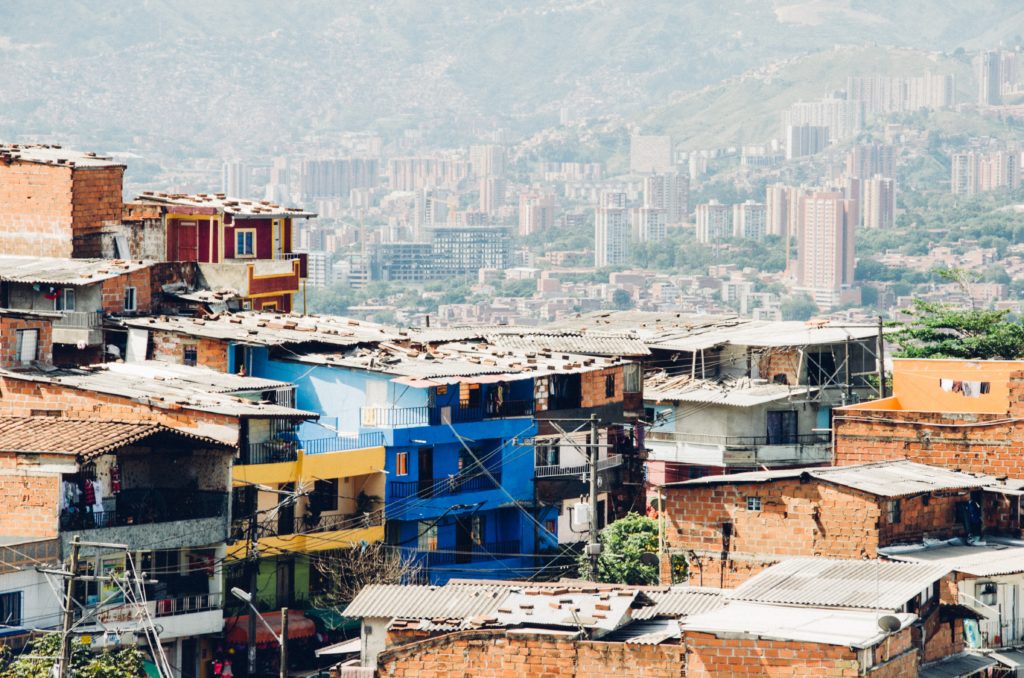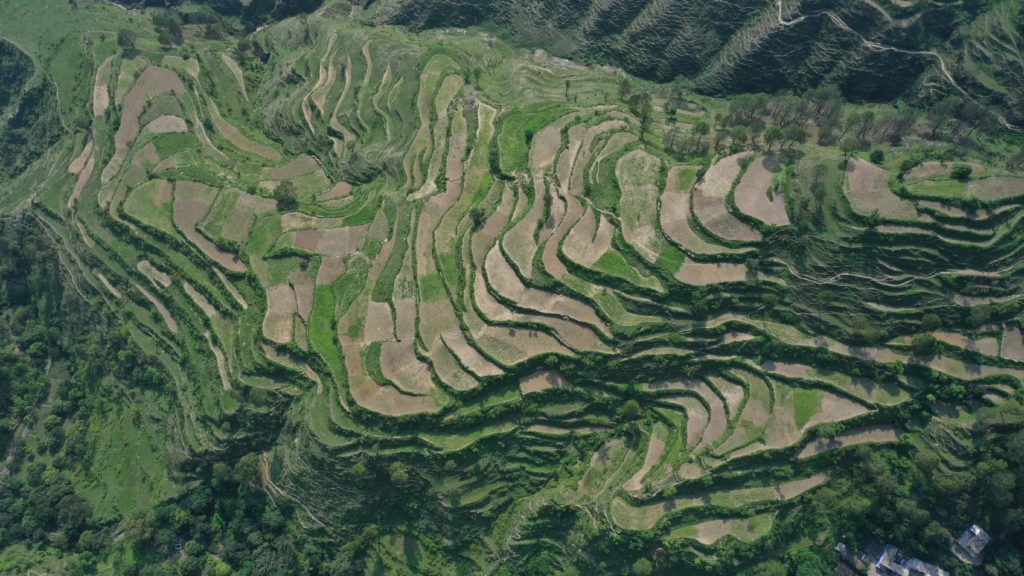
Editor’s Note: The following is the writer’s analysis.
Although the poorer and vulnerable sections of the Global South are least responsible for climate change, they are the most likely to suffer from its ravages. Despite this, their concerns have been the least heard in negotiations at the 26th Conference of Parties (COP26), the largest annual climate-change summit that attracted more than 190 countries. Meanwhile, leading businesses have influential lobbyists who quickly move to use any opportunities to corner funds.
Having sniffed out new opportunities, they have occupied important positions in the planning and negotiations relating to climate change to try to prioritize their projects as beneficiaries of new green funding.
Officially constituted expert committees have in recent years linked dam projects in the Himalayan region to ecological destruction and flash floods, which have claimed thousands of lives. Yet, similar kinds of projects are now being advertised as examples of green energy and solutions for climate change. Climate smart agriculture is being defined in ways business lobbies vying for more control of farm and food systems are being strengthened. At the same time, this weakens small farmers’ sincere efforts for ecologically protective farming. Projects that displace poor people in the name of protecting the environment are wrongly prioritized, alienating them.
Hence, it is important at this stage to warn against the misuse of funds marked for climate change mitigation and adaptation. These funds should reach those who need this help the most and are likely to put this to the most just and ecologically protective use. This means in practical terms that most funds should reach small peasants and rural landless workers for taking up mitigation as well as adaptation work. Indigenous people and tribal communities have a particularly important role in this as they have been closer to nature.
What’s more, this concern should be extended to wider planning in which reduction of greenhouse gas emissions is linked to meeting the basic needs of all people, with an emphasis on a justice-based resolution of climate change.
Small peasants should be supported for ecologically protective farming, including soil and water conservation work, which can improve the organic content of soil in just a few years. Organic soil spread over vast areas can absorb large quantities of carbon dioxide. At the same time, by avoiding or reducing chemical fertilizers, pollution caused by nitrous oxide can be reduced. That gas is about 300 times more potent compared to carbon dioxide. Mixed farming that includes indigenous trees can be well integrated, supplying more staple foods that are produced in healthy ways and close to home, reducing a long transportation burden. While contributing to mitigation, millions of acres under organic farming will ensure small farmers are less dependent on expensive chemical inputs and improve their adaptation capacity. Hence, both adaptation and mitigation can be achieved simultaneously on a sustainable basis. This is a particularly important aspect of such efforts. In fact, the more the organic content of soil improves with the passage of time, the more the mitigation and adaptation capacity increases. Such efforts simultaneously improve food sovereignty, reducing dependence on polluting and expensive substances.
Land reforms can help the landless emerge as small farmers and be a part of such efforts. In addition, the landless should be assured employment close to home in various tasks of the ecological rehabilitation of villages and nearby areas. One possibility is protecting degraded land and giving nature time to regenerate it. Yet another is to increase protections for remaining natural forests. New afforestation with indigenous species of trees should seek to mimic local natural forests.
Apart from fair wages, the landless should get longer-term rights to non-timber forest produce. This again helps mitigation as well as adaptation at the same time.
All these efforts should seek to tap and encourage creativity of workers and farmers for local solutions and innovations. To give just one inspiring example, a farmer from the Bundelkhand region of India named Mangal Singh invented a special turbine that can lift water from streams and canals without using diesel or electricity.
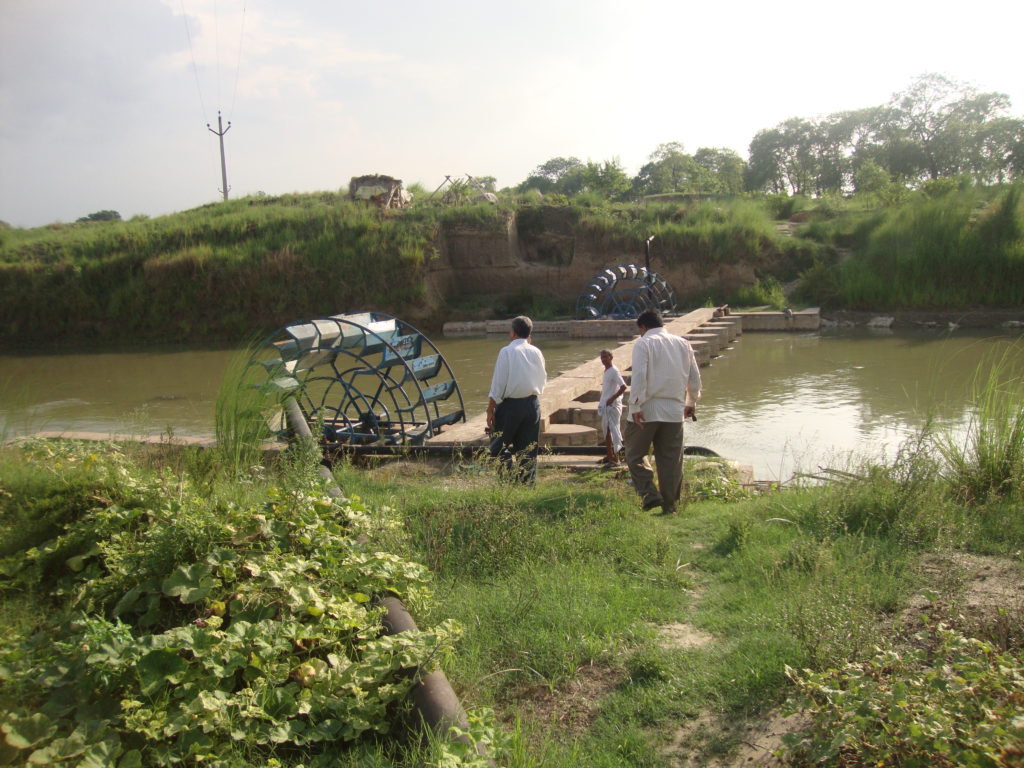
Although the primary aim of the inventor was to help farmers and reduce costs, calculations show that a single unit serving over 15 years can reduce the use of 125,400 liters (33,127 gallons) of diesel oil and avoid 335 tons of greenhouse gas emissions. This can increase further if, with a few adjustments, this innovation is put to additional use, such as in crop processing. This has been highly praised by many senior experts, including those in official positions.
However, government apathy has stood in the way of its spread, even though the Maithani Committee appointed by India’s Rural Development Ministry strongly recommended its rapid deployment. Potentially, tens of thousands of units can be installed worldwide wherever suitable conditions exist. These kind of innovations by villagers can help greatly in simultaneously addressing climate change mitigation and adaptation. If there is better support for such initiatives, the creativity of farmers and workers can contribute much more because they are the most familiar with their local conditions.
In urban areas, construction of improved design shelters to provide protection from excessive heat to workers and homeless persons could be an obvious priority.
Democratic participatory systems based on transparency and honesty should be established to implement such initiatives. Such work is best achieved by grants, not by loans. Hence, climate funds also should be based on grants, not on loans. Unfortunately, the trend in the recent past has been rich countries providing a much bigger share of climate funding for the Global South in the form of loans. This must change to favor grants.
Bharat Dogra is Honorary Convener of the Campaign to Save Earth Now. He has been involved with several social movements in India. Dogra’s most recent books include Man Over Machine and Planet in Peril.

